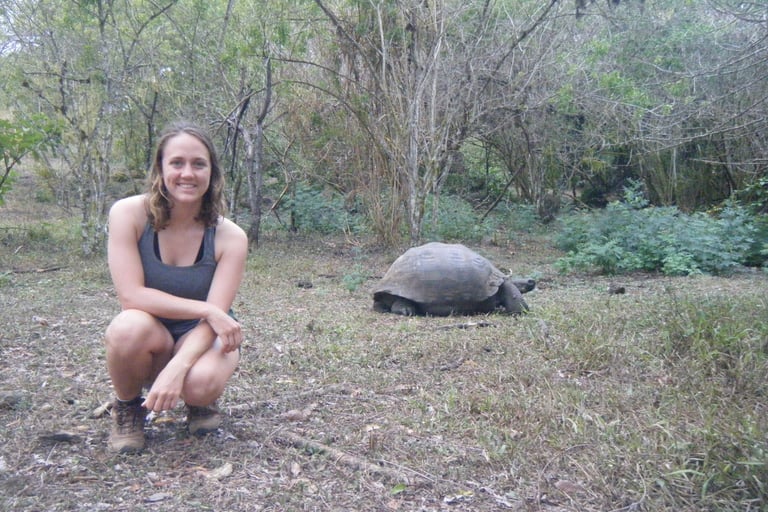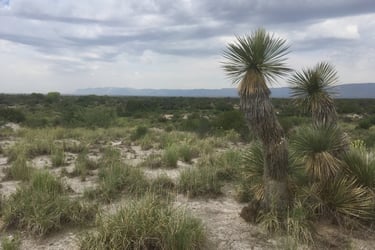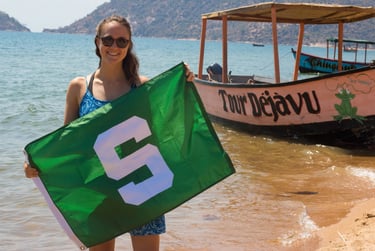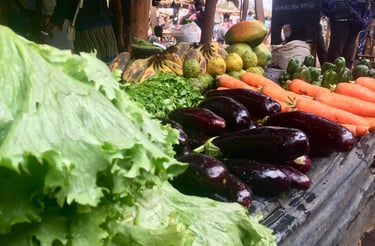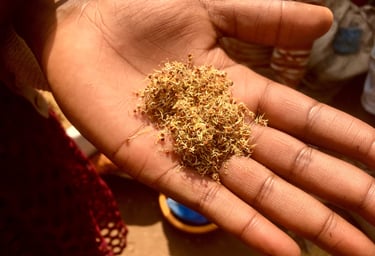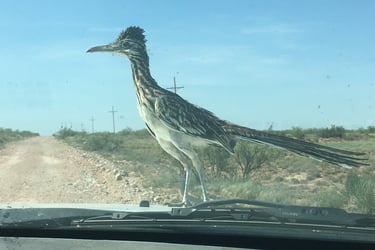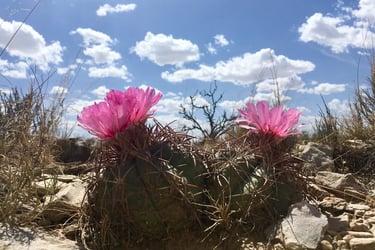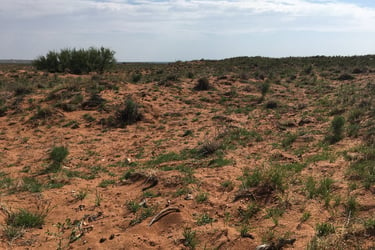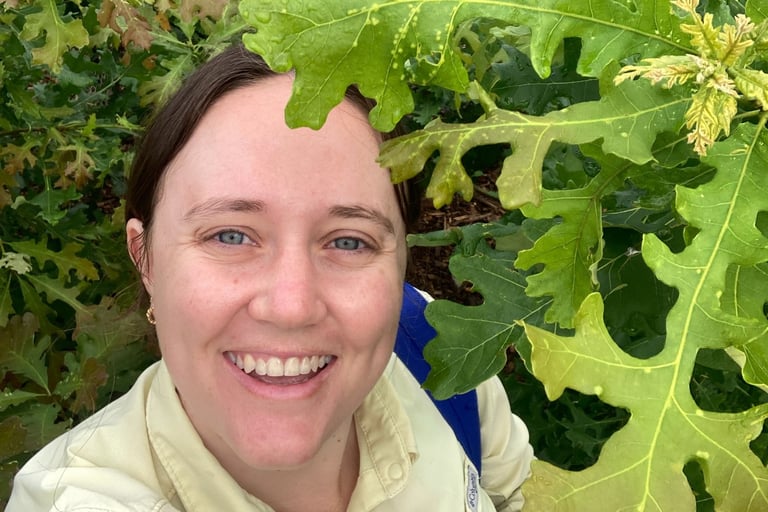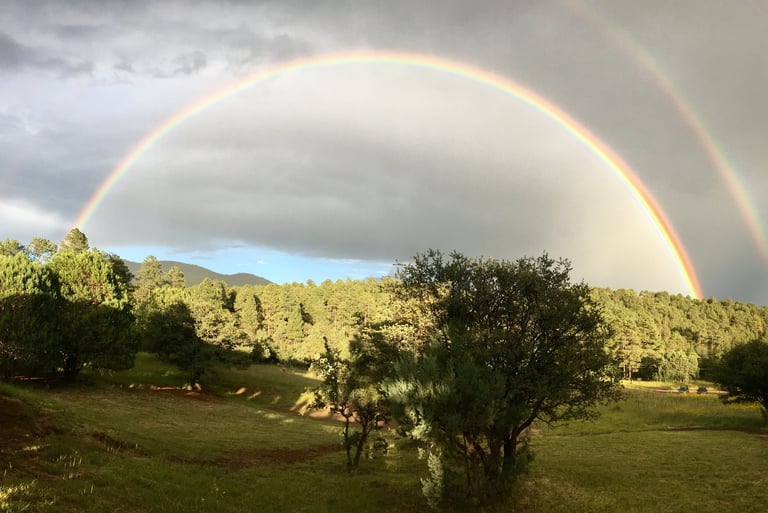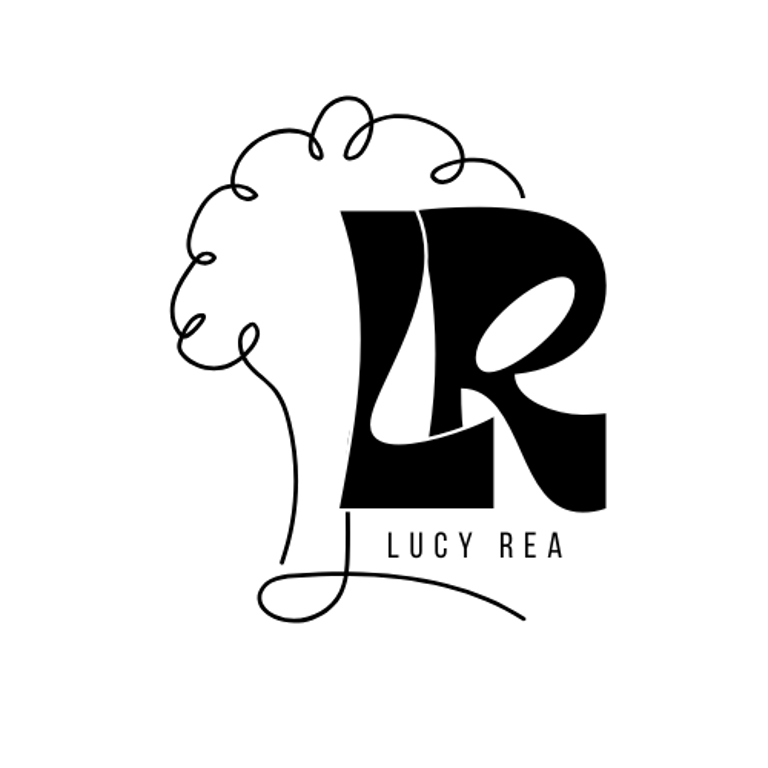Allow me to introduce myself...
My reflections on my career journey so far.
Lucy Rea
5/21/20254 min read
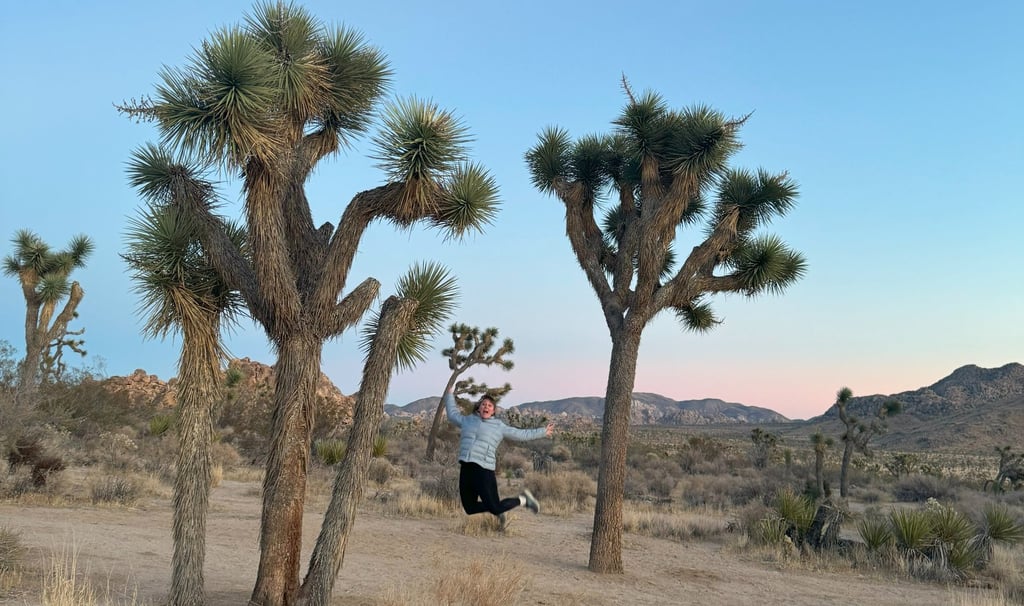

My fascination with the world beyond the walls of my house began in childhood as a voracious reader of National Geographic. The photos and stories depicted in the pages of the magazine ignited my curiosity about far-away places, people, and creatures. Now, this isn’t a Rapunzel story – I wasn’t trapped in a tower. I was fortunate that my parents made it a priority for our family to see the wonders of many beautiful places here in the United States, from the white-water rapids of West Virginia to the enormous depths of the Grand Canyon in Arizona and to the explosive sulfurous geysers of Yellowstone. This stoked a sense of adventure within me that, during college, inspired me to take the leap on an adventure that would change the trajectory of my career.
In my program at Michigan State University, a summer study abroad to Ecuador was offered. You might wonder – why was I interested in going to Ecuador? Well for one thing – I was deeply fascinated with evolution at the time and this trip spent two weeks learning in the Galapagos Islands (if you aren’t an evolution nerd like I was – these islands inspired Charles Darwin’s theories of evolution). I thought this would be an amazing opportunity to learn about evolution from the place that evolutionary theories began, but little did I know that the other stops along the way would spark a new fascination within me. Not only did we travel to the Galapagos and snorkel with sea turtles and sea lions, we also observed shifts in diversity of species as we ascended the mountains near Quito to the cloud forest, and witnessed the explosive diversity that the Amazon Rainforest was teeming with. I was amazed by the amount of diversity that we could see in such small geographic ranges, both up a mountain and within a relatively small country. Most importantly, this trip opened my eyes to field research – showing me that I could feed both my sense of adventure and interest in scientific research.
I finished my bachelor's degree in Plant Biology at Michigan State. Another thing I took away from my study abroad is how intertwined people are with nature, as we interacted with Amazonian indigenous tribes – and how important it is to have strong policies to protect the nature we depend on. This inspired me to complete minors in Science Policy and Environmental Sustainability. I knew that being able to not only understand science, but also to be able to communicate science in a non-technical way to make people care about it was critical to inspiring change. I took journalism classes and learned how to write stories about science, and participated in community-engaged research in Malawi, where I learned from different cultures and practiced communicating community needs to policy-makers.
After I graduated, I embarked on my next big adventure working for the Bureau of Land Management in Carlsbad, New Mexico – moving the furthest I had ever lived from my family and friends. I was working as a seed collector, gathering seeds adapted to the local climate and environment for restoration projects. As the initial culture and landscape shock wore off (moving to New Mexico in July felt like living in an oven), I began to adjust. Where I once saw a landscape of gray rock (rather than the lush, green tree-studded landscape I had grown up with in the Midwest), I gained an eye for noticing the small changes that indicated signs of life in the desert. Over time, as I scouted the landscape with my teammate for our plants of interest I gained a deep familiarity with the land. We started to get a sense for where the plants we wanted to find would be, learned to look for their tell-tale signs – a flash of brilliant yellow or red or pink or purple on the landscape indicating that our plant population was flowering. Visiting these populations repeatedly inspired a connection to the plants and the land I had never felt before.
From New Mexico, I decided to pursue my PhD at the University of Minnesota. I combined my interest in plants and diversity across different environments with my increasing concerns with climate change. I traveled to Chile and studied plant diversity with changes in elevation. After the pandemic hit, I shifted to focus closer to home and studied adaptation of bur oak trees to climate in the Midwest. My work highlighted the threats of climate change to plants adapted to cold environments, and the importance of diversity in buffering against the impacts of climate.
While in grad school, I found I was missing the scientific storytelling I had enjoyed in undergrad, and sought out opportunities to communicate science to the public through outreach events at farmer’s markets and in schools. I designed programing that allowed community members of all ages to engage with science in a hands-on way to inspire exploration and curiosity about different science topics. With this blog, my goal is to continue to feed my love of science storytelling, and hopefully inspire others to connect with nature.
